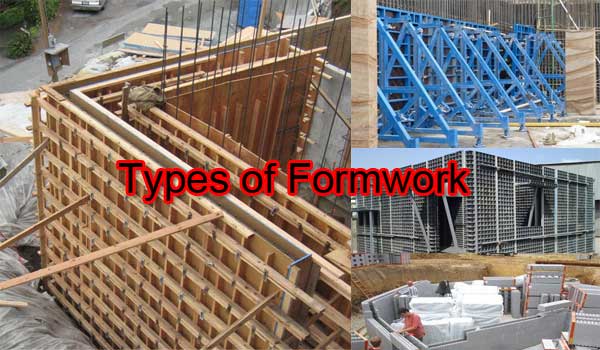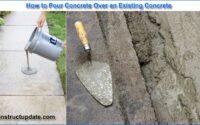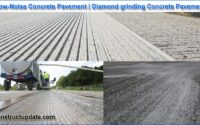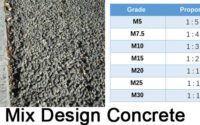What is Formwork and Formwork Types
A formwork is brief or everlasting molds into which concrete or similar substances are poured in the context of concrete construction, the falsework helps the shuttering molds.
Formwork and concrete form types:
Formwork comes in several types:
1. Traditional wood formwork:
The formwork is constructed on-site out of wooden and plywood or moisture-resistant particleboard. It is easy to provide but time-consuming for larger structures, and the plywood going through has a distinctly short lifespan. It’s still used extensively wherein the labor costs are lower than the cost of buying reusable formwork. It is also the maximum flexible kind of formwork, so even wherein other systems are in use complicated sections can also use it.
2. The formwork device or system of an engineer:
This is constructed out of prefabricated modules with a metallic frame (usually metallic or aluminum) and included on the application (concrete) aspect with a material having the desired surface structure (steel, aluminum, wooden, and so on). The two important benefits of formwork structures, compared to traditional wood formwork, are speed of creation (modular systems pin, dip, or screw collectively quickly) and lower life-cycle charges (barring principal pressure, the frame is sort of indestructible, whilst the protecting if made from wood; may additionally be replaced a few – or some dozen uses, but if the overlaying is made of metallic or aluminum the shape can obtain up to two thousand uses relying on care and the packages).
3. Plastic formwork which is re-usable:
This interlocking and modular device or systems are used to construct extensively variable, however quite simple, concrete systems or structures. The panels are lightweight and very much strong.
4. The Permanent Insulated Formwork:
This formwork will be assembled on-site, usually out of insulating concrete forms (ICF). The formwork remains in a region after the concrete has cured, and may offer advantages in phrases of speed, strength, advanced thermal and acoustic insulation, space to run utilities in the EPS layer, and included furring strip for cladding finishes.
5. Live-In-Place structural formwork structures or systems:
The formwork was assembled on-site, usually out of prefabricated fiber-reinforced plastic forms. These are in the shape of hollow tubes and are generally used for columns and piers. This formwork remains in an area after the concrete has cured and acts as axial and shear reinforcement, in addition to serving to confine the concrete and save you in opposition to environmental outcomes, together with corrosion and freeze-thaw cycles.
6. Bendy formwork:
In comparison to the rigid molds defined above, bendy formwork is a structure or system which uses lightweight, high power sheets of fabric to gain the fluidity of concrete and create exceptionally optimized, architecturally exciting, building a bureaucracy (forms).






